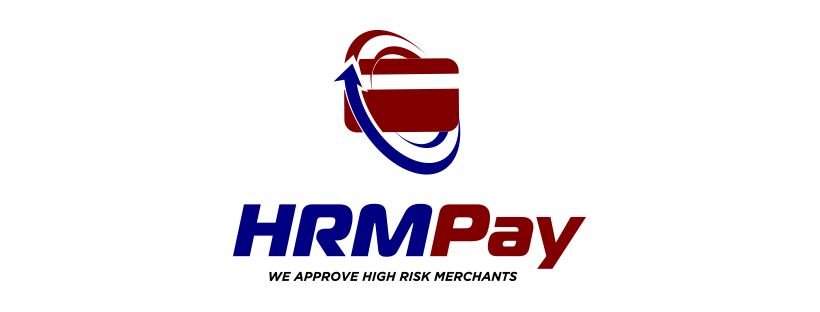Compliant Merchant Processing Website
Below are the most common items an underwriter looks for to approve an online merchant.
Detailed Product and Service Description.
Make sure that the product description on your website matches the actual product. Do not overcommit to the customer. Overcommitment is one of the main reasons for disputes and chargebacks. List all variations for your product such as color, different sizes, packaging and options. Add relevant, images to each product page. Photos help customers in setting the proper expectations for the product. Photoshopping images can create customer disputes. Keep the images as natural as possible.
All credit card networks offer buyer protection to the cardholders. Buyers can dispute the transaction if the product or the service is not delivered as per the commitment of the merchant. You should have a clear refund policy. The refund policy should have a simple language. Avoid using legal language that may confuse the customer. Most of the popular e-Commerce websites keep their refund and cancellation policy as the most straightforward written page on the site. To reduce the possibility of refund and chargeback, you can use chargeback notification and alert services. This is extremely helpful for merchants from high-risk industries. High Risk Merchant Accounts must be used chargeback alert service. We strongly encourage merchants to evaluate chargeback representment services also.
The subtotal on the checkout page should indicate the cost of the Product, Shipping cost and Taxes as applicable. If you charge additional for customization of the products in case of customized T-shirts and mugs, then you must show this charge as a separate charge on the checkout page. If your product is subject to an additional duty or any individual taxes, then that should also display it on the final checkout information. This information should be presented to the customer before he/she proceeds the transaction for processing through the payment gateway.
SSL certificate for all the pages.
SSL ensures that your website loads on the https loaded on logical Port 443 also known as hypertext transfer protocol secure. The payments industry considers this protocol to be the most secure protocol regarding transaction information movement. You may also need to check HTTP to HTTPS redirect on your website. We have seen many sites resolving on both the protocols. This may result in a delay in approval and sometime may also result in a straightforward decline.
The Terms and Conditions page should have detailed information about the rights of the visitor and the customer. This page should also display the jurisdiction of the merchant where all the disputes should be settled. This page should also clearly define the responsibilities of the credit card holder or the customer. Payment service providers or payment gateway companies observe these pages minutely. Please do not copy the terms and condition or privacy policy or any other related pages content from other websites. Many applications have been declined by underwriters because the content on the site was not genuine.
It is common to find a privacy policy on almost every website these days, but for sites that accept credit card transactions or any other form of payments, this page is exceptionally vital. This page should indicate how you collect credit card information and how you ensure the security of the transaction data. If you are using a hosted payment page and your website does not receive credit card information, then you should mention the same on the privacy policy page.
The shipping policy should be simple and easy to understand. It should give detailed information about how much time frame is required for the product to be shipped to the customers shipping address. A complete shipping policy can help you in reducing chargeback to sales ratio. This shipping policy should be linked on the home page menu or the footer menu of the website. It is a good idea to send the link of shipping policy and refund policy to the customer with the order confirmation email.
Company Information.
Detailed information should be listed on the website about the Name of the company. This should be the legal business name. Along with the name the address of the company and nation where the merchants primary business entity is registered should be visible. This helps customers in generating trust on the merchants business operation. Sometimes customers also verify the entities business license information on relevant government websites like company house. These simple steps can help in building a long-lasting relationship with your potential customers. The detailed company information must be listed on the checkout page or on the page where the customer submits the credit card information. If you are using a hosted payment page, then this information should be available on the page which will eventually navigate the customer to the payment processors website. You should avoid using PO Box addresses. Most of the payment processing companies are uncomfortable in working with merchants that use PO Box addresses. Remember payment processing companies may verify the physical address that is declared by the merchant. If the merchant has claimed additional offices that includes the office address of law firm or Chartered accountant/CPA than the payment service provider may also verify these addresses.
Use of Copyright Images.
Payment service providers take Copyright law very seriously. Use your own images or license free images only.
Card Brand Logo.
Display the Logos of the credit card brands that you want to accept on your website.
Contact Us Page.
The contact page should show the customer support email address and telephone number. Having around the clock contact information and customer service can help reduce chargebacks.
Some Industries such as Tobacco Websites need Age Verification to be compliant.
